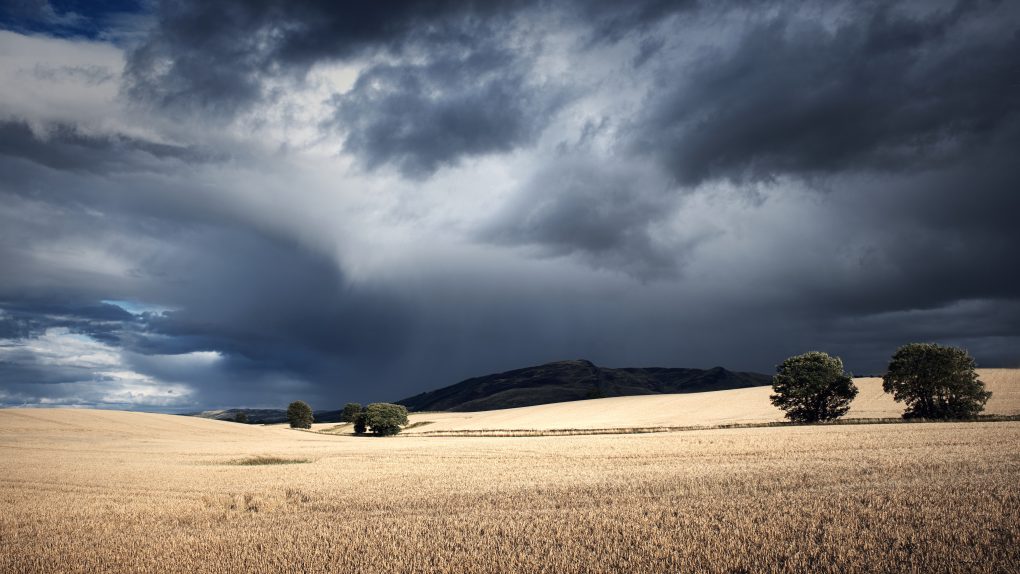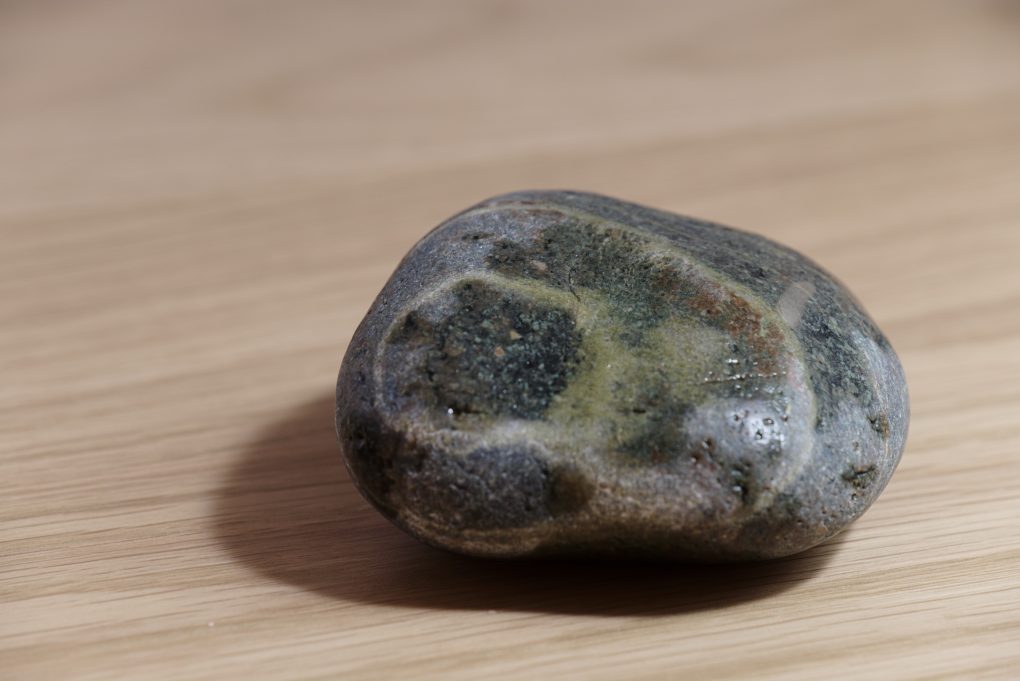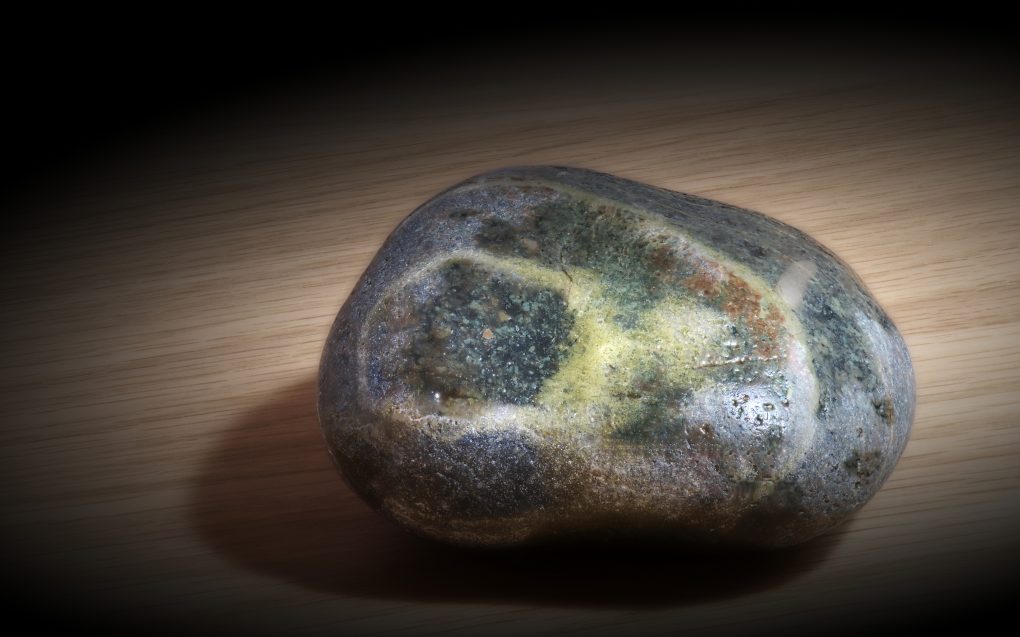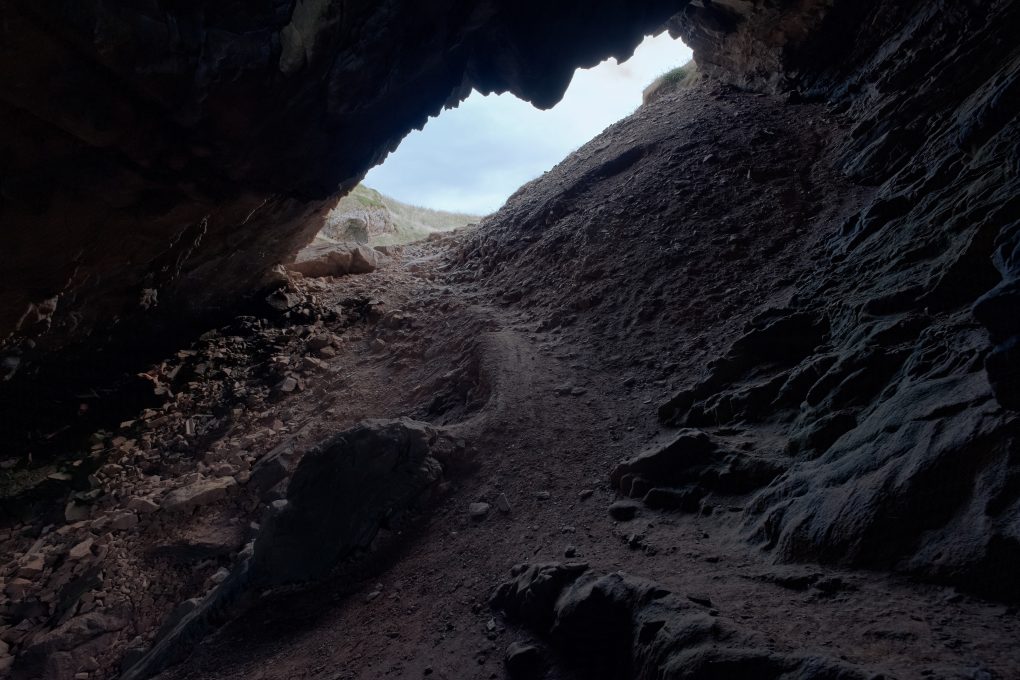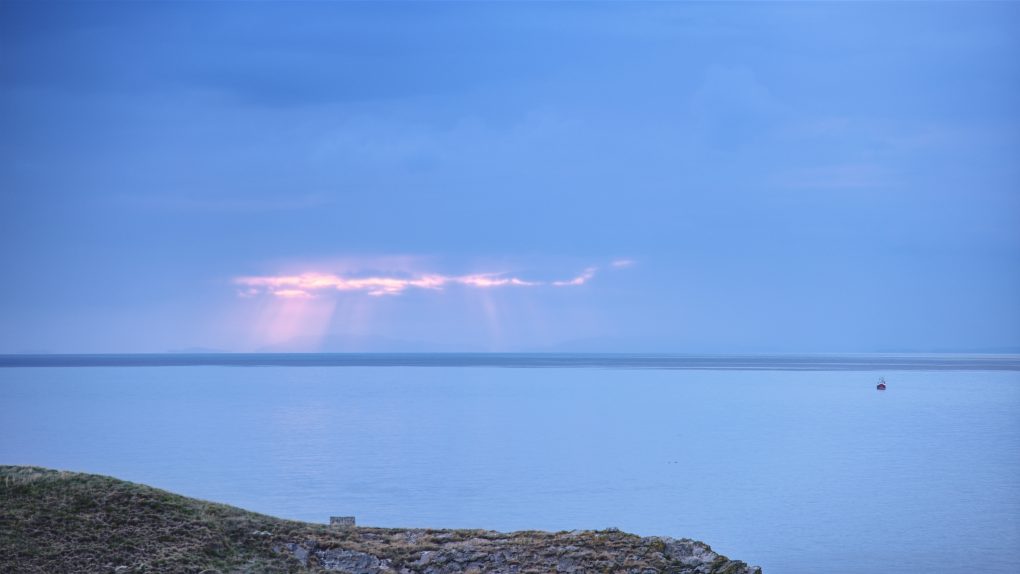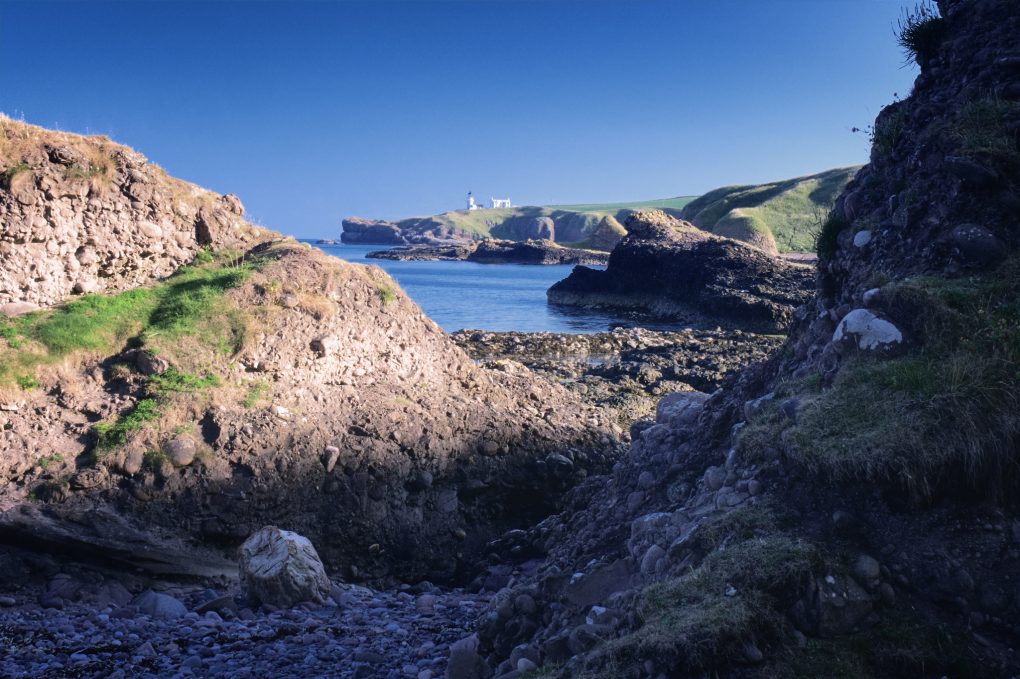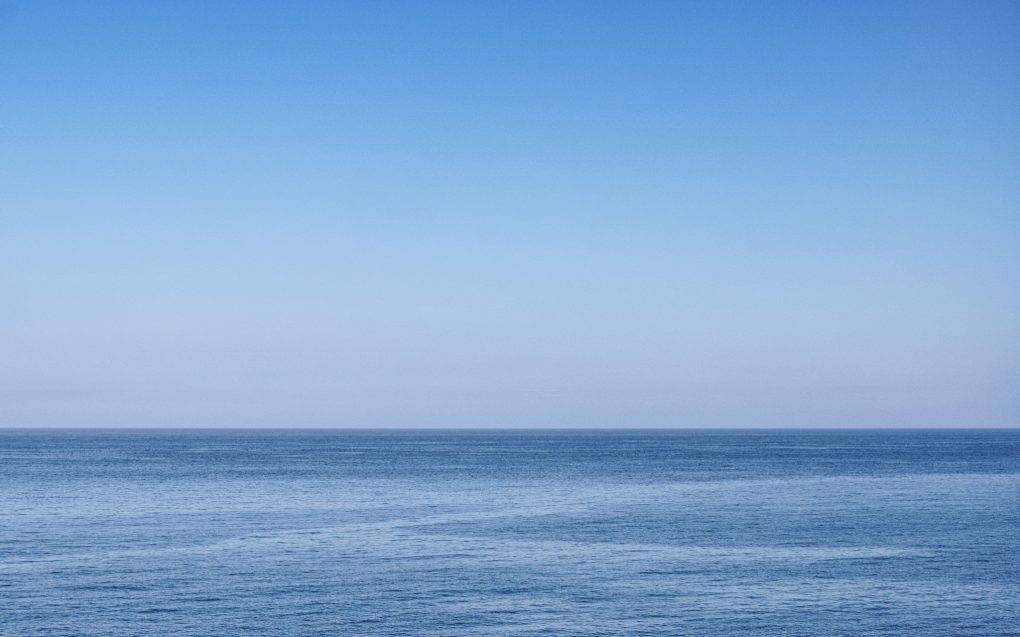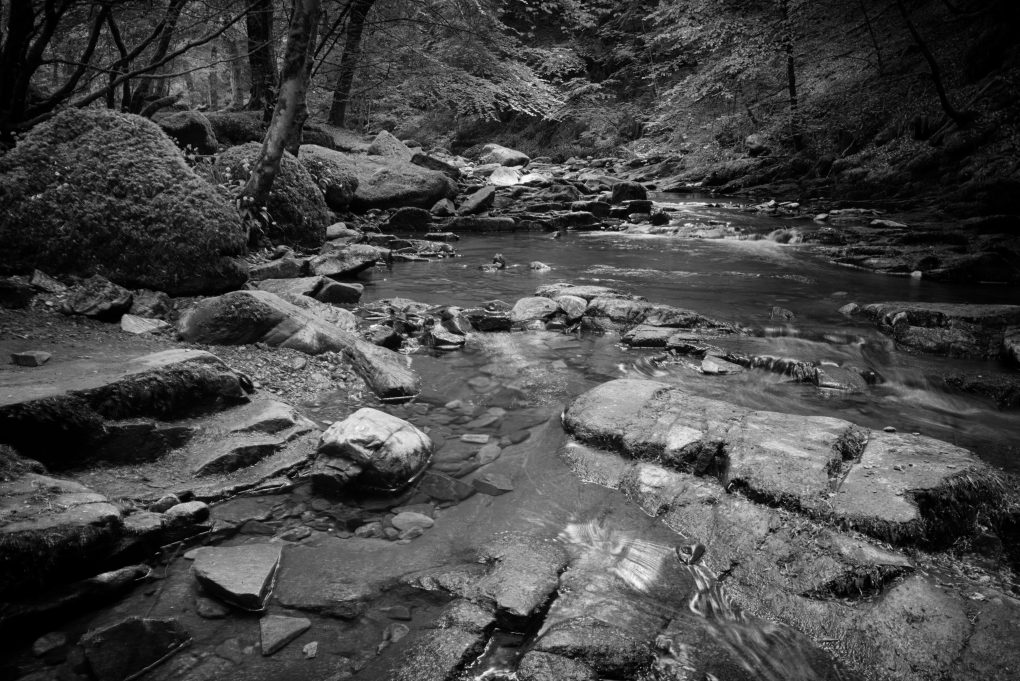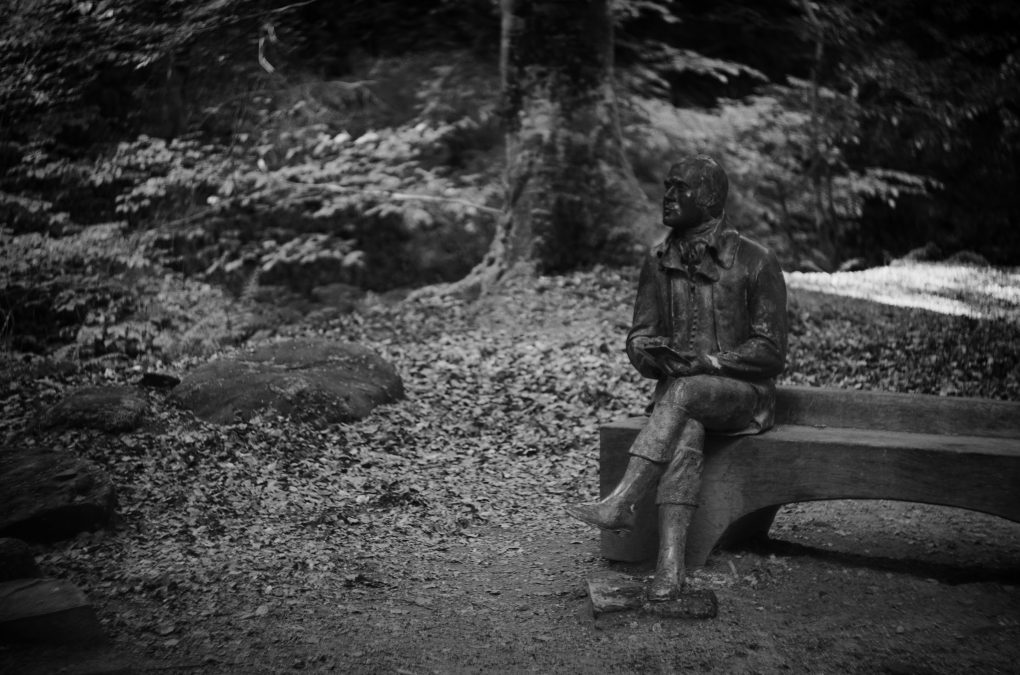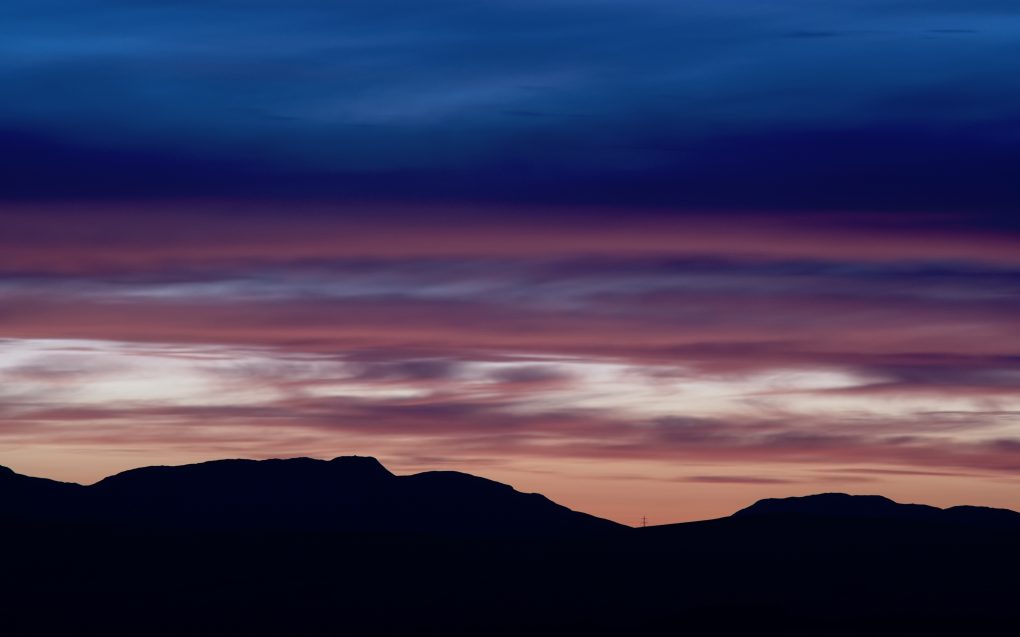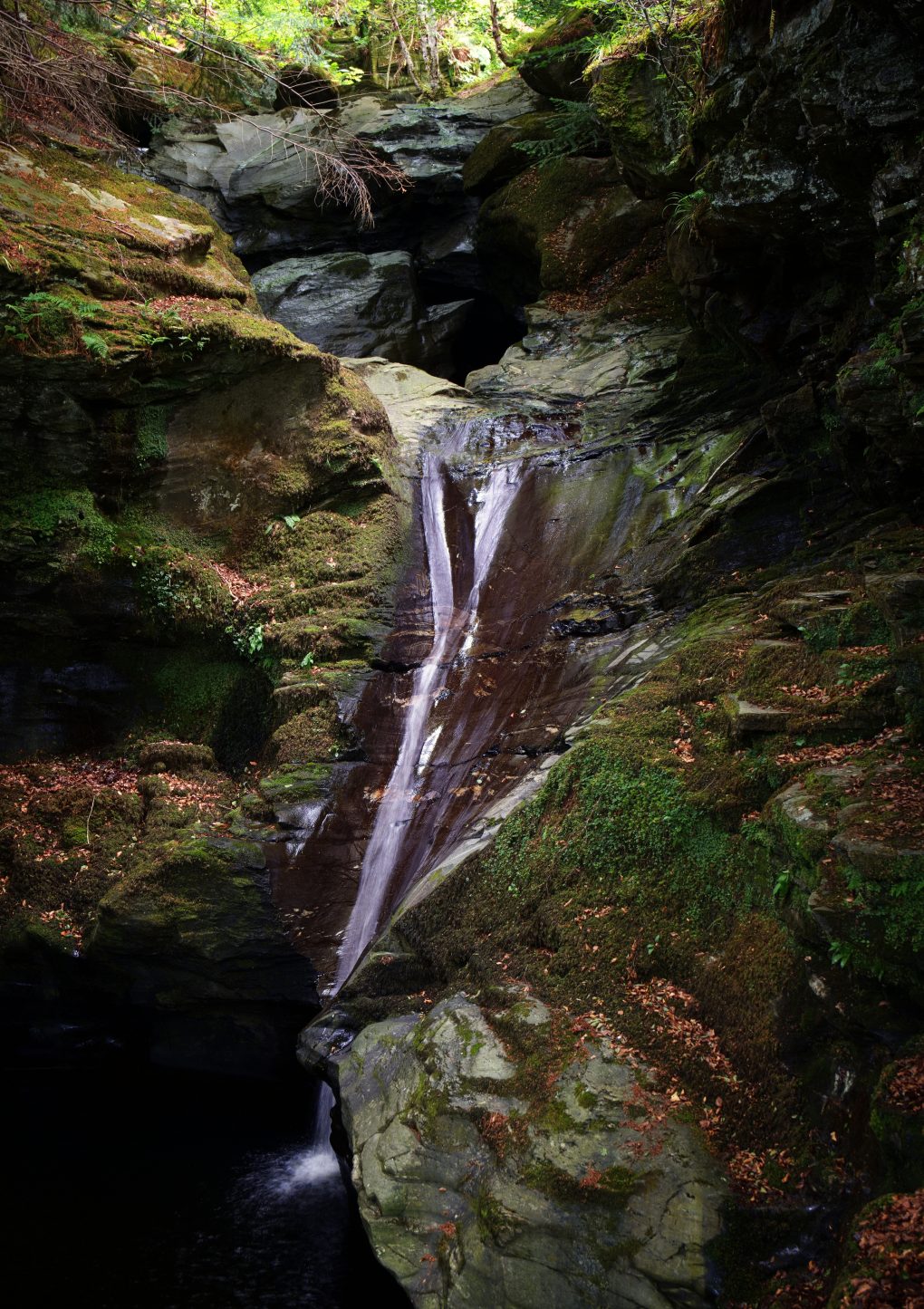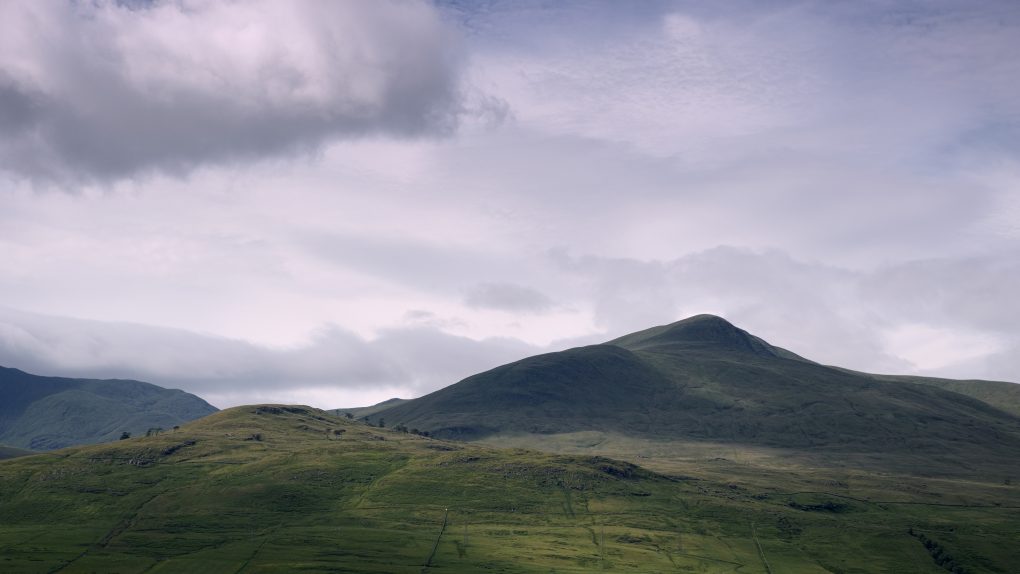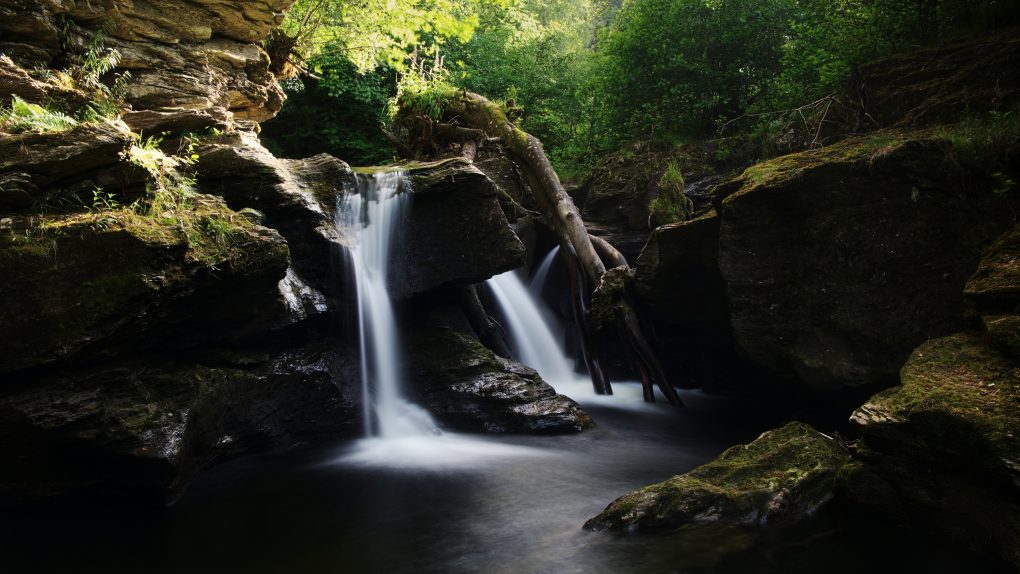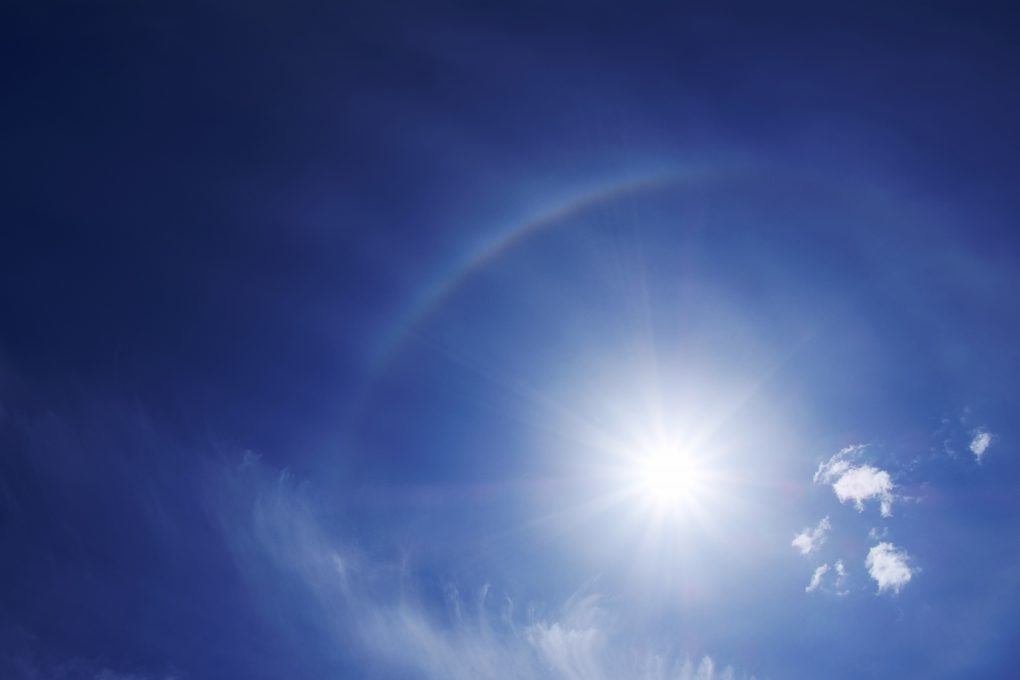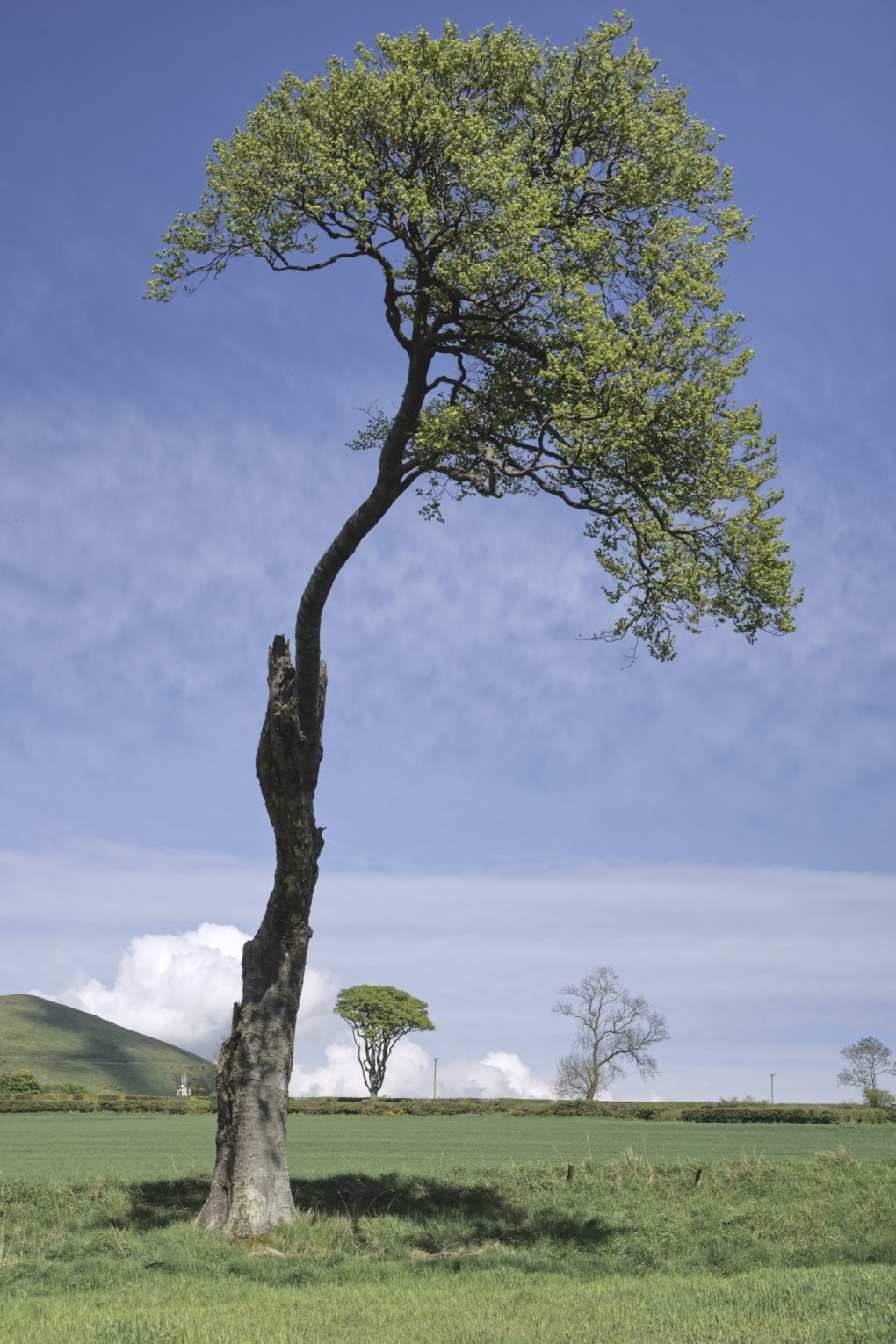The world of EV ownership is fraught with systemic problems, chief among which being range anxiety. Actually – it’s calling it range-anxiety that’s the problem; concerns about range are very legitimate. Some of the biggest sources of friction between EV enthusiasts and skeptics are the assumptions that an average commute distance is a meaningful quantity; that people should be prepared to plan their driving around charging points; for longer trips to less over-populated areas where the distance between chargers is an appreciable proportion of the battery’s range, either ignore the risk of being stranded or swap to diesel (an admission that EVs aren’t up to the job yet).
If that’s all I said, I’d just be trolling. But I put my money where my heart was.
40kWh => 150 WLTP miles was the barest minimum range I could consider for my driving (mostly photo-hunting expeditions). Christmas and New Year were spent oogling pictures of shiny interiors online. Caught the bug.
She was called Aoife. Aoife the Leafy. Aoife the brand-spanking-new Leaf 2018-model Tekna-with-extra-bells-on spec shiny green Leafy for which I fairly emptied the personal piggy-bank back in February (when they’d only been G/A for a week) and gained keys-in-grubby-paw at the end of March.
Three days later we’re back. Would help if they connected both ends of the brake light cable. Would also help if they’d enabled the SIM card.
There followed 4 weeks of blissful silent driving. 7kW charger installed in the garage. Solar panels providing free miles. We went places: Argyll and back (scary when the weather changed and the battery got low); Kingussie and Alvie; Livingston and Tillicoultry; twice-weekly trips to nearest town and back – the closest I have to a mythical “commute”.
On May 4 we set sail for a round trip of down-south-shire™, got as far as Abington, tried to use an Ecotricity charger, bang, whole EV system dead.
Much of that day was spent walking Dog in a field behind Abington services whilst organising RAC, Nissan and RAC car hire on the phone.
Needed flat-bed all the way back to the dealer – Dog in Aoife’s boot with the windows dropped as we travelled north on a sunny day while I panicked about him all the way from the front cab. Second set-off was 6.5hr later than intended but we made it to Sussex with 3mins to spare before midnight. Vauxhall Ashtrays really do suck – that one was named the Chemical Toilet for the stench of Domestos. We did 1079mi that weekend in it, though.
Relay in the battery gone bing.
Over the subsequent 3 weeks the dealer decided their own screwdrivers were insufficient so it was taken to Edinburgh for major works; on the way there or back the haulage company dented the wheel-arch trim with the webbed rope, which took another week for the dealer to fix.
On May 25, in time for the second bank-holiday weekend, I collected Aoife from the dealer, got not even 30mins up the road before the ProPilot went bing as well.
Back to the dealer, this time with Dad in tow to lend a little clout.
My end-May holiday week in Caithness was spent, not gliding around serenly from planned charger to planned charger, but polluting the planet a petrol auto Juke, being the only thing the dealer had to offer at short notice.
On return from the wilds up North, the dealership were understanding; the sales manager suggested redoing the whole order from the top, create a new Aoife, try again and do it right this time. Either that or refund the whole lot. Those were my top two options as well.
Then the lead-time exploded from “6-7wk” to “Oct/Nov”.
At this point, rumours abound of next year’s Leaf including a 60kWh model which is far more attractive.
I negotiated with Nissan HQ directly concerning a “soft Breggsit” that would see me slide from Aoife to next year’s Leaf ASAP but the best package they could offer had no certainty – would require 4 dice to land 6s for satisfaction, including it not going bing again in the meantime; they wouldn’t be drawn whether it would come in a 60kWh version or not. In short, nothing I couldn’t do better by stepping away and approach whole market fairly afresh next year.
So that fell through, and a couple of days ago (after 6wk in the bad Joke, and more importantly after only having driven Aoife for 4 out of 14 weeks “ownership”) I finally signed the paperwork for a buy-back. (That’s what they call a refund where they tell you they’re retaining half your original deposit as the cost of ownership for the two “months” that you’ve “had” the car.)
That’s the story. My first ever brand-new car. My first EV. My first time of rejecting a car for being both unreliable and not really adequate after all. All in one. What would normally be a 3- to 4-year ownership cycle speeded-up 12x in so many months.
Today we collected Smith – back to a Hyundai diesel i30, which works – named for the agent who takes 3 movies to fleetingly escape the Matrix. Next year I shall reassess the market; Nissan can just compete alongside everyone else.
A little more on the systemic side. Here’s what I’ve learned.
1) People expect to be able to load up a car with range-reducing 8l of water, food, spare windscreen squirter juice, range-reducing weighty cameras and throw the range-reducing dog in the boot and go away exploring for a few days. Doing our own thing, where we like, when we like, not refuelling too often nor too long. Not subjecting the dog to undue stress in the process. Best not to try and persuade people they want otherwise.
2) Someone needs to consider the privacy aspect of these remote control apps. By tracking its location, I now know which panel-beater company was used and where a technician lives.
3) The specifics of each adventure pale into insignificance compared to a whole ownership experience. The good old-fashioned qualities of customer service and reliability are invaluable.
3b) All the humans involved have been pleasant and helpful and well-meaning, making the right decisions to keep me rolling one way or another – but somewhere along the line there is institutional inefficiency with things taking way too long to process.
4) There are features and there is marketing. ProPilot is something and nothing – together it’s a new marketing word for Level 2 autonomy but in reality it’s nothing more than adaptive cruise-con with lane-departure warnings and nudges, only good for motorways, and when it goes wrong you’re just as scuppered as when anything else goes awry. More notably, the electric seats missing from the Leaf’s specs table are the exact same electric seats you could’ve had in an ICE vehicle 10yr ago or more; ditto the sunglasses holder in the ceiling that isn’t there but has been standard for a while. Likewise the adaptive cruise-con is nothing new. These things are all worth 1 tick in the box on the spec-sheet, no more. Beware the marketing kool-aid; shop with a very level head.
